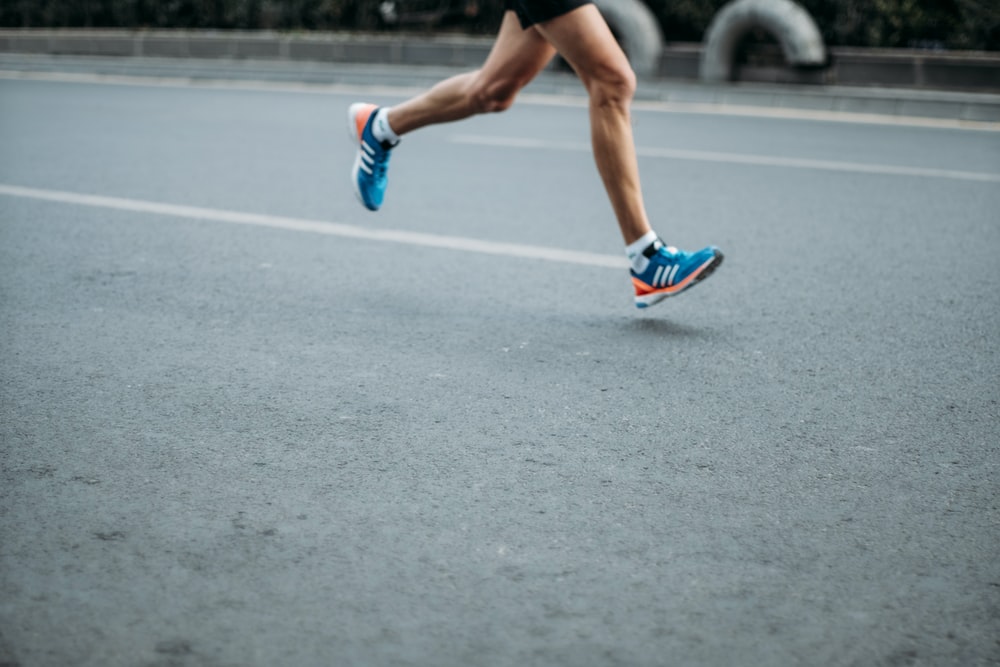
Endurance Training for COVID-19

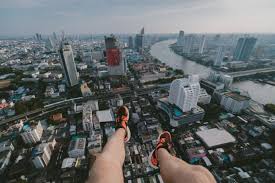
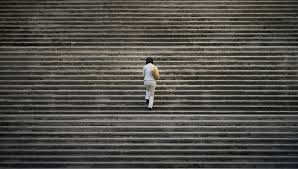
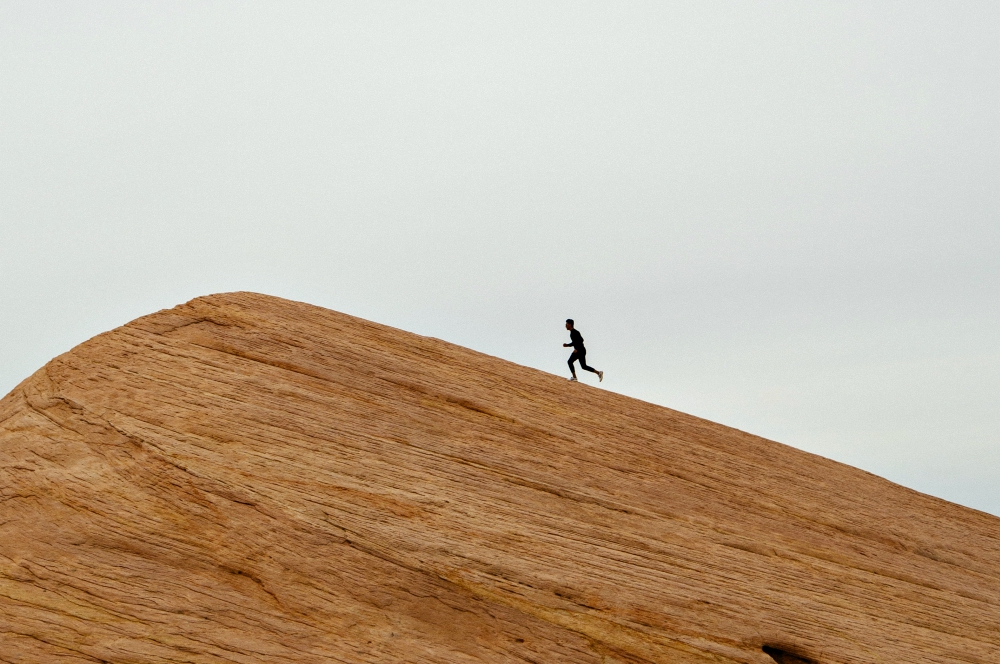
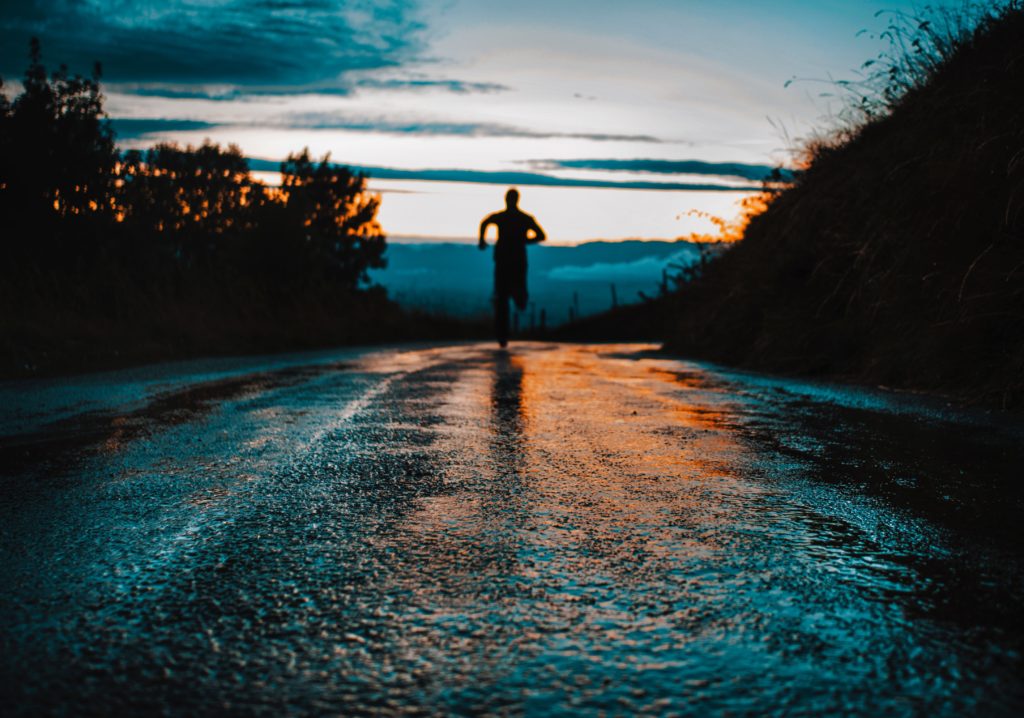






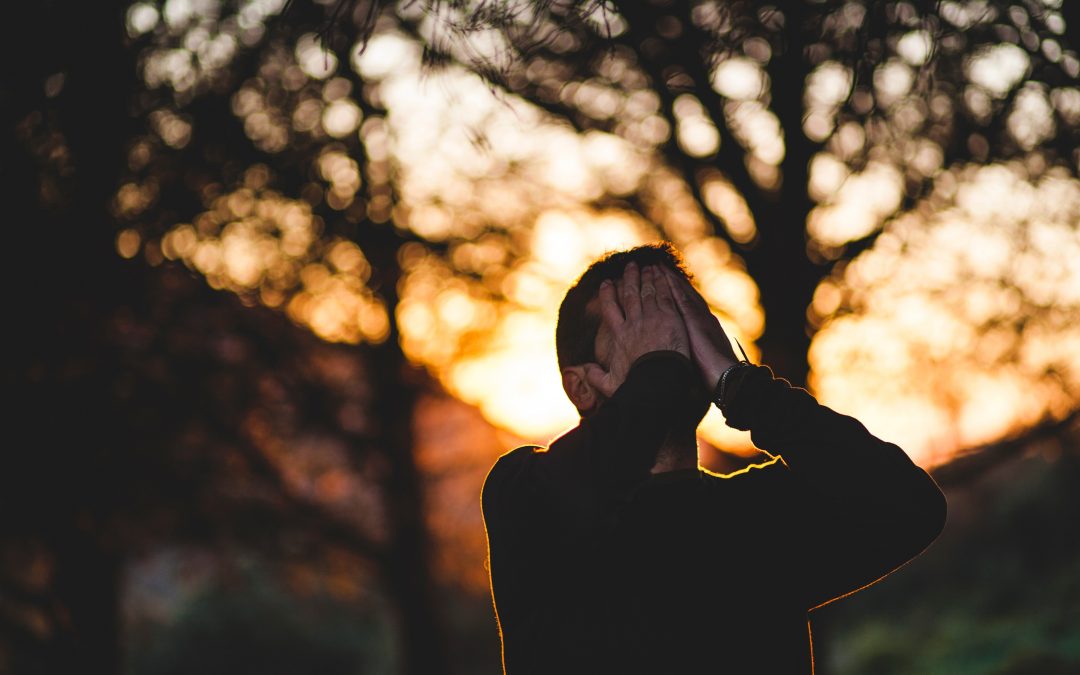
As you are well aware, the pandemic and chaos hit all of us hard many months ago, especially musicians in New York. That was followed by shock and denial, anger, negotiating, depression, and finally acceptance of the tragic event. I sincerely hope that you have come to terms in reaching a functional level of acceptance with the continuing disaster.
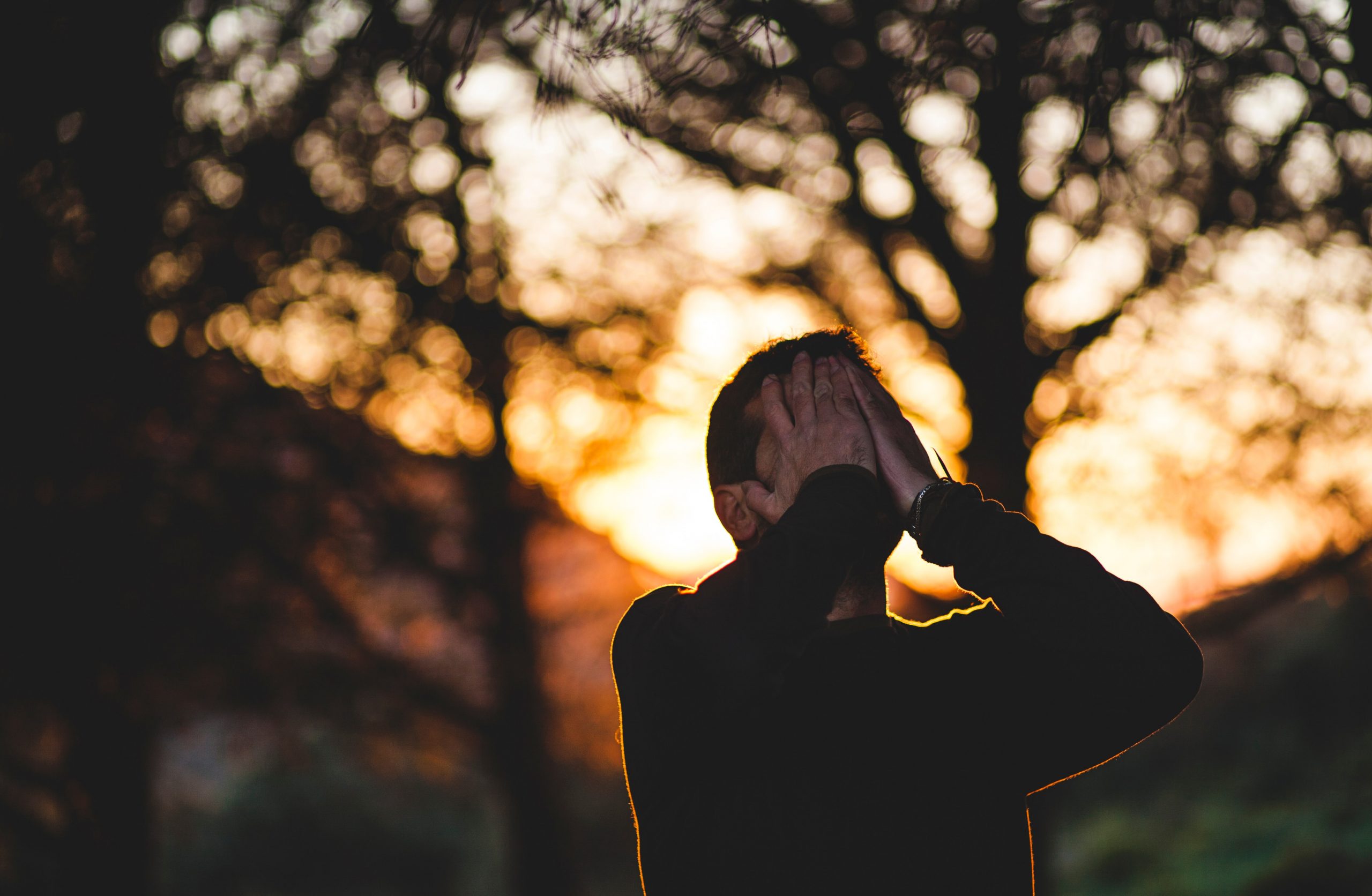
As a result of the conditions that you have experienced during your grieving process, and the continuing stress, there are several chemicals circulating in your nervous system that can cause real damage. These neurochemicals are adrenalin (released immediately into your bloodstream with the initial shock), then norepinephrine (supplied over the next few days or even weeks), and finally cortisol (due to the protracted uncertainty, problems, and worry associated with the pandemic).
If left to remain floating through your body and brain, the three stress neurochemicals can lead to serious problems. These include a variety of physical ailments (high blood pressure, suppressed immune system, obesity), coordination difficulties, insomnia, low energy, decreased libido, irritability, inability to focus, impaired cognitive functioning, increased doubt, anxiety, and depression.
Fortunately, there are four neurochemicals which can counteract the stress chemicals and their potentially damaging effects. The happy substances are serotonin, dopamine, oxytocin, and endorphins. They all counteract the negative effects of the high levels of stress that you have endured for so many months without an end in sight.
Serotonin comes from the pleasure/reward center in the brain. It is released into your nervous system by sunlight, fresh air, walks in nature, sensory pleasure, fun activities, completing challenging projects, being grateful, and listening to your favorite music. When it is triggered, serotonin reduces anxiety levels while providing feelings of contentment, euphoria, and bliss.
Dopamine is a neurotransmitter that is released whenever you expect to have a pleasurable experience or receive a desired reward. It is triggered with the anticipation of your favorite foods or enjoyable activities, as well as feeling respected or appreciated. It is also released when you are fully engaged in highly challenging tasks that require your total attention. Dopamine makes you feel alert, focused, and happy.
Oxytocin is known as the love hormone. It is secreted by the pituitary gland in response to physical affection, pleasurable activities, massage, close personal connections with friends and loved ones, being admired, falling in love/being in love, and loving who you are and what you do. Oxytocin causes a surge of positive emotions, such as feelings of joy and happiness.
Endorphins are produced as a response to pain, discomfort, or vigorous and extended aerobic exercise. Endorphins activate the opiate receptors in the brain, causing analgesic effects, as well as reducing anxiety, while increasing one’s level of self esteem, and providing an overall sense of well-being. Endorphins are partly responsible for the feeling of euphoria after a long physical workout or a deep tissue massage. Certain scents in candles or essential oils, especially vanilla and lavender, can trigger endorphins. Three small squares of dark chocolate, especially if it’s more than 70 percent cocoa, send endorphins right into the bloodstream.
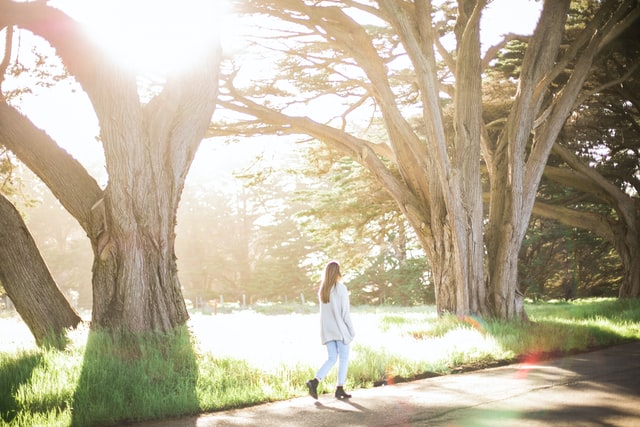
If the weather permits, I suggest you take a daily walk where you are surrounded by nature, like in Central Park or Prospect Park. Studies have shown that walking among trees significantly lowers blood pressure, anxiety, and stress levels. In Japan, it is known as “shinrin-yoku” or forest bathing.
Taking a walk in nature replenishes the body’s cells with negative ions. When our cells are healthy, they are charged with more negative ions than positive. The positive ions have unpaired or insufficient electrons, so they carry a positive charge. These positive ions are known as free radicals. They steal electrons from healthy cells. This causes cell damage and affects our immune systems, emotions, energy, cognitive functioning, and coordinated movements.
It is imperative to keep your sense of humor in order to cope with the extra stress caused by Covid-19. You may not find it easy to laugh right now, but this is important. Laughing will help to get you past the negative emotions, stress chemicals, and their potentially damaging effects. Norman Cousins experienced the healing power of laughter.
Cousins was the Editor in Chief of the Saturday Review for more than 30 years. In 1964, when Cousins was 49, he was diagnosed with a rare disease that aggressively attacked the connective tissue in the spine, causing extreme pain. His doctors told Cousins that he should get his affairs in order since he didn’t have much time left.
Soon after the diagnosis, Cousins checked out of the hospital against doctor’s orders. He stopped all medication, including the 38 aspirin and injections of Phenylbutazone (a powerful horse tranquilizer) that he’d received daily at the hospital. His recovery plan included high doses of Vitamin C, an optimistic attitude, and daily laughter.
Cousins began watching comedy movies like the Marx Brothers, Laurel and Hardy, and funny TV programs like Candid Camera. He spent time roaring with laughter, sometimes until his stomach hurt. He soon found that ten minutes of induced, hearty laughter could give him two hours of uninterrupted, deep sleep without any pain for the first time since he left the hospital.
Cousins eventually made a near full recovery from the “incurable disease”. He went on to establish a department at the UCLA Medical School to investigate the connection between healing and humor. He died at 75 from heart failure, 26 years after the initial diagnosis of his spinal condition. He said, “Of all the gifts bestowed on human beings, hearty laughter must be close to the top.”

In 1995, Dr. Madan Kataria developed Laughter Yoga to help patients heal from a variety of disorders. The practice involves creating laughter by doing a series of exercises with fellow chucklers. Deliberate laughter is part of their daily routine. Dr. Kataria found that even fake laughter has healing power but honest belly laughter is even better.
I recommend that you figure out what will make you laugh out loud for several minutes every day. Consider late night TV monologues, funny videos, social media, and streaming services. What does it take to make you laugh out loud?
The idea is to strive to be happy to get you through these challenging times. Whatever helps get you in a good mood and in a positive state of mind will help you deal with the continuing stress. Hydrate to the max to flush the stress chemicals out of your system, listen to your favorite music, get plenty of sleep and rest, have some dark chocolate, take a walk in nature, get some happy neurochemicals into your system, count your blessings, and laugh out loud.
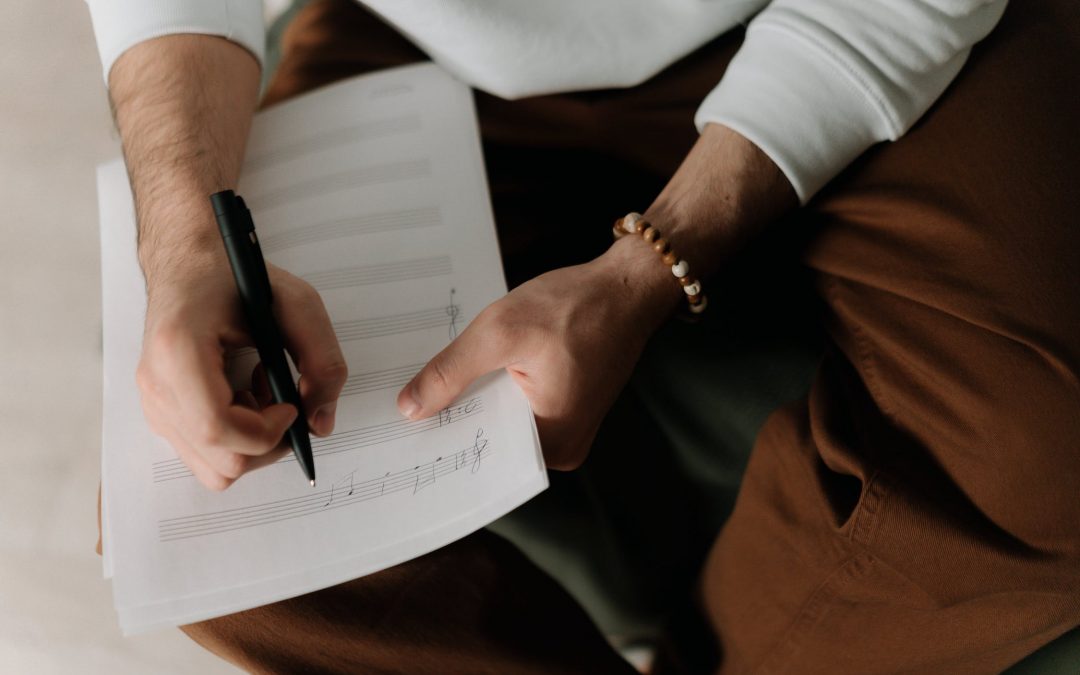
During these challenging times, you probably have more free time on your hands than you are accustomed to as a musician and creative artist. This may be a great time for you to explore different creative modalities or other mediums of expression. These could enhance your ability to hear new approaches as you play, compose, or arrange.
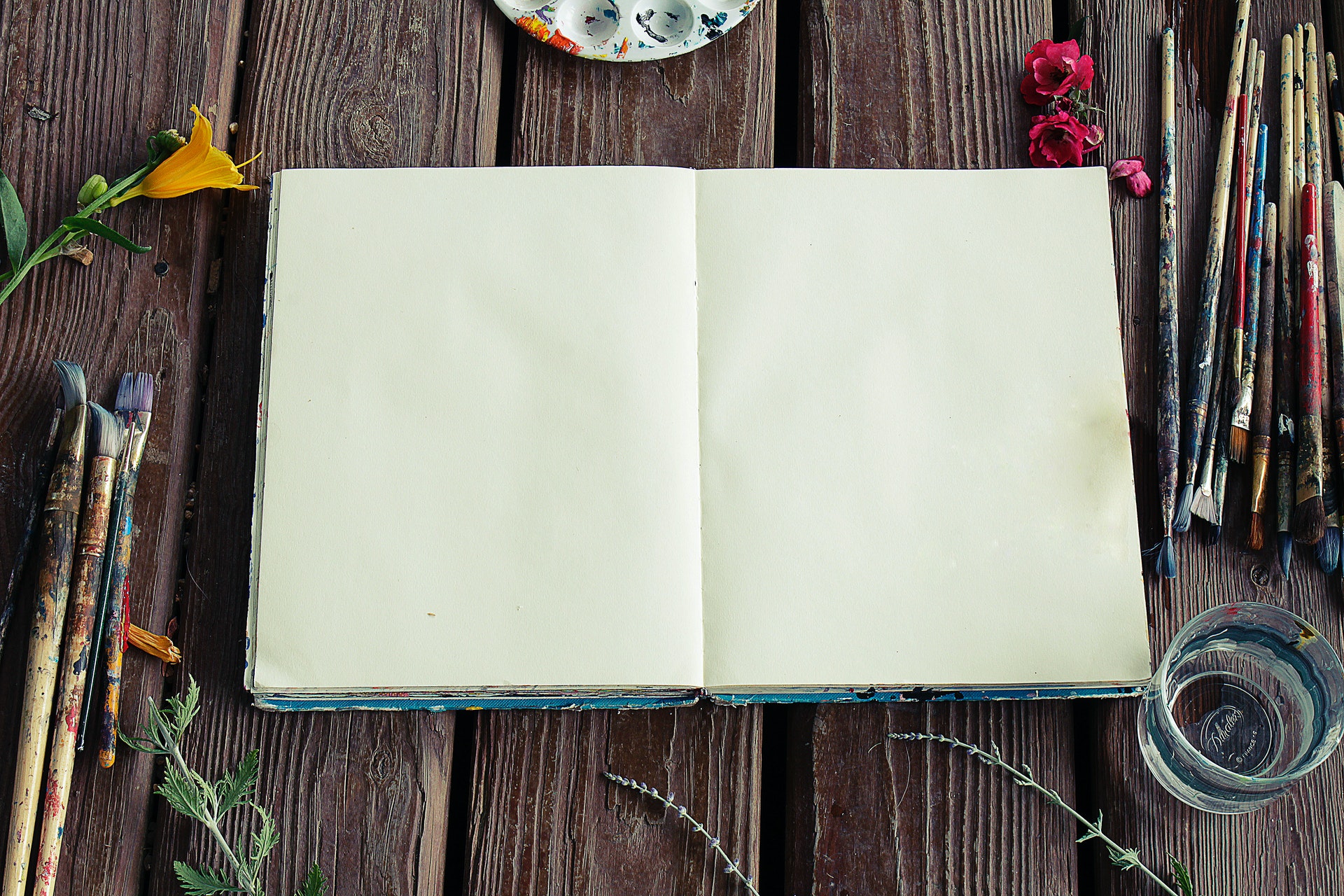
We can learn many helpful lessons about creativity from Leonardo Da Vinci. He was mostly self-taught after working with his one teacher, Andrea del Verrocchio, when he was an apprentice. Leonardo was highly creative and ventured into many disciplines including sculpting, painting, anatomy, architecture, engineering, and aeronautics. His creative genius was the result of his strong will, imagination, patience, and ability to think differently from everyone else. Da Vinci had a childlike sense of wonder, awe, and relentless curiosity about the world around him. He was able to envision things that did not yet exist.
In order to increase your creativity and be more like Da Vinci, allow yourself time to daydream with no fixed agenda or time limit. Be open to a spectrum of ideas and a meandering course of thoughts. Let the line between reality and fantasy blur, as you engage in possibility thinking. Permit your mind to wander into foreign areas and explore what is beyond the realms of conventional ideas, images, sounds, and forms.
Pablo Picasso used three main strategies to create his revolutionary art form: bending, breaking, and blending. Bending involves changing the regular size, shape, form, structure, or configuration of physical objects. Picasso used this technique as he depicted human bodies, features, and faces. These alterations on the regular appearance of things resulted in new perceptions outside of ordinary consciousness. Check out Picasso’s work Les Demoiselles d’Avignon to see what he did.
His next strategy was breaking, which involves taking something whole and fragmenting it into smaller chunks before reassembling the pieces in a new way. With Cubism, Picasso divided visual objects into smaller bits and then rearranged them in a somewhat coherent puzzle of objects viewed from different angles and perspectives. You can observe breaking in Picasso’s famous Guernica.
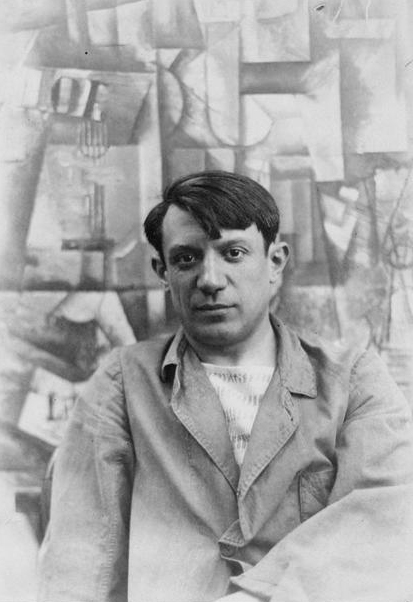
The third creative strategy you can try is blending. This is combining two or more different ideas in unusual ways that results in a unique entity. It is connecting the dots between seemingly opposite and distinct units. Blending can involve leaving out concepts or objects that are normally present, or adding things that don’t seem to fit into the visual field or belong in the cognitive context. This can be observed in Picasso’s self portraits, in which he added African masks and Iberian sculptures in the background.
There are several things that can block or delay the creative process. One of the main hindrances to creativity is perfectionism. If you are waiting for everything to be just right before you begin, you could wait a long time. Imperfection can lead to unexpected, interesting, and novel results. Get moving down new paths that can take you into unexplored territory and different experiences. Another block to creativity is a preoccupation with the functional, financial, or practical aspects of the finished work. The third major impediment to fostering new ideas is over-reliance on the left brain and its intellectual abilities.
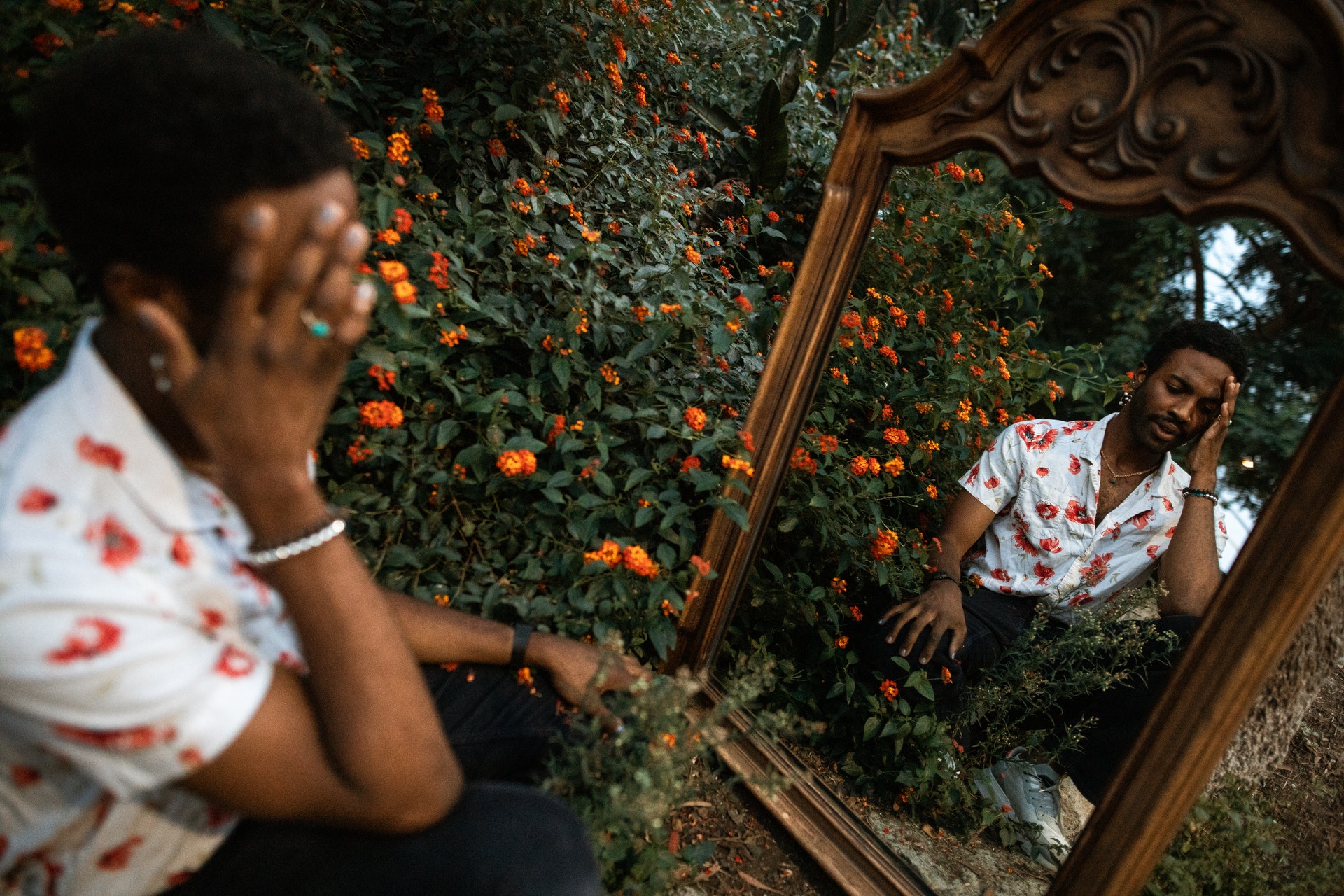
The left hemisphere of the cerebral cortex thinks in terms of words and numbers. This part of our brains does executive functioning. This involves a set of cognitive skills including organizing, analyzing, prioritizing, computing, and planning. The left brain is the domain of attorneys, mathematicians, and systems engineers (very few of whom are regarded as being highly creative). In order to create music, art, or other mediums of expression, you need to be in your right brain.
The right hemisphere perceives internal and external reality through images, sounds, and physical sensations. It is the domain of creative artists in almost all crafts, who are able to imagine the process and various outcomes of their efforts before they ever begin to compose, arrange, or paint. The right brain is also the source of our intuition, which can serve as a guide through unknown territory if you are willing to trust and follow its guidance.
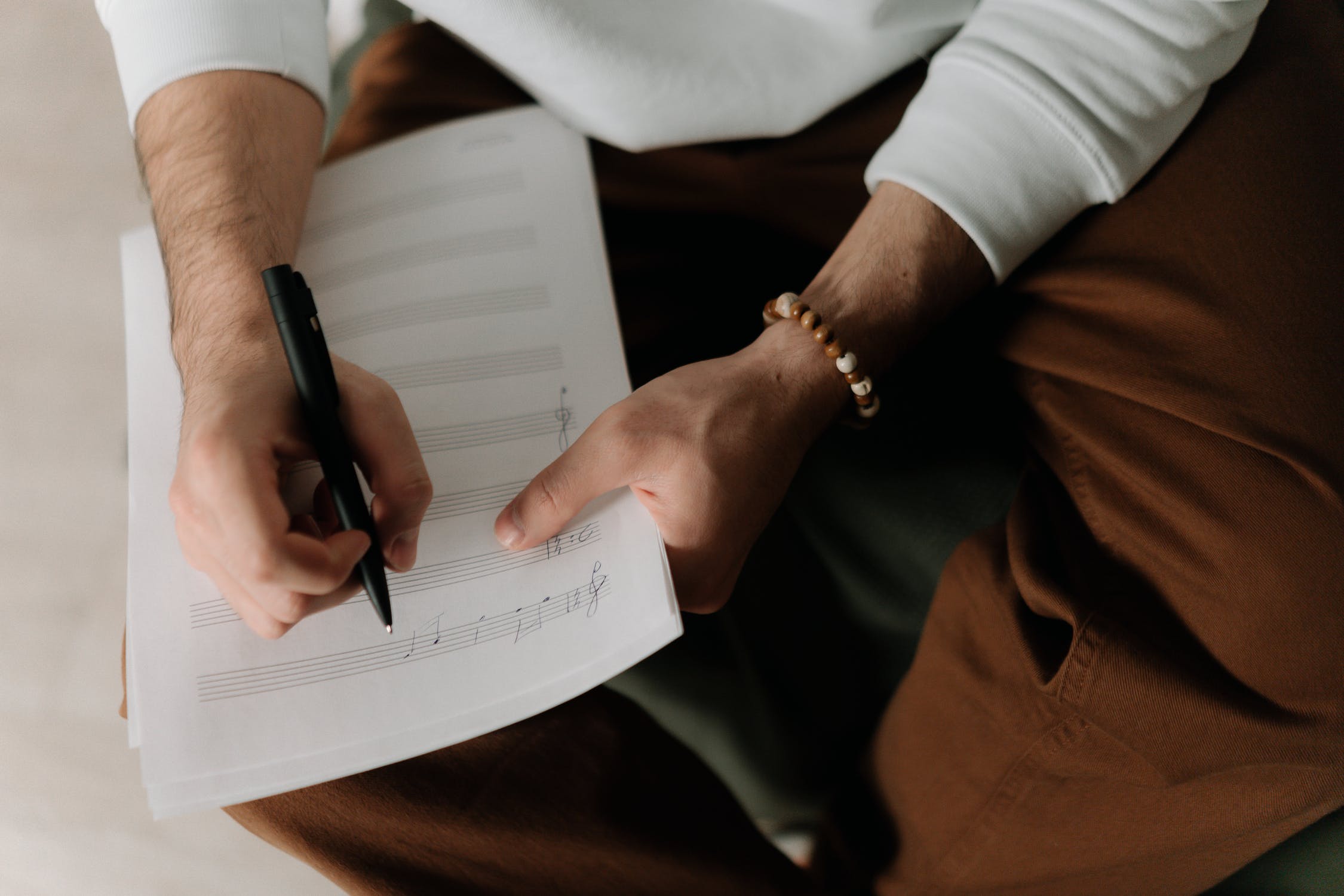
Emotions can also be a powerful source of creativity, if you have the courage to go down the rabbit hole and see where they lead. These energized feelings come from the amygdala in the limbic system or primitive brain. Love, fear, and other feelings such as anger, frustration, optimism, or happiness arise from our emotional base. There are many outlets for creatively expressing emotions, including music, art, or writing.
Any creative project will require considerable effort or serious work to bring it to final completion. Along the way, important ingredients in the creative process are fun, spontaneity, and flexibility. You can clearly see these ingredients watching children who are free to play. These elements reduce cortisol, which is a stress hormone, and they release neurochemicals like endorphins and serotonin into the nervous system. These make us feel happier.
Here are some creative activities that you might explore while Covid-19 continues:
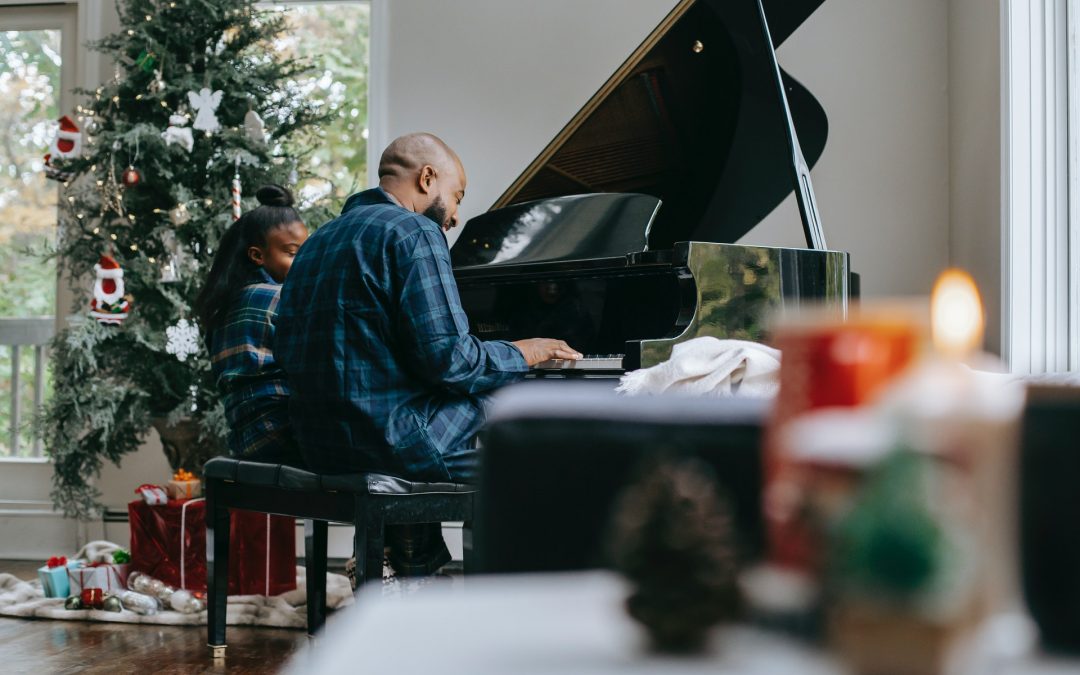
Even before the pandemic, the holidays were always the most stressful time of year. The
holiday season can place enormous demands on your time, energy, finances, and patience.
There is no lack of things that can stress you out, including finishing everything on time, figuring
out the right gifts to get everyone, shopping, wrapping, shipping, running late, preparing food,
cleaning, entertaining, family issues, annoying relatives, and too much of “eat, drink, and be
merry.”
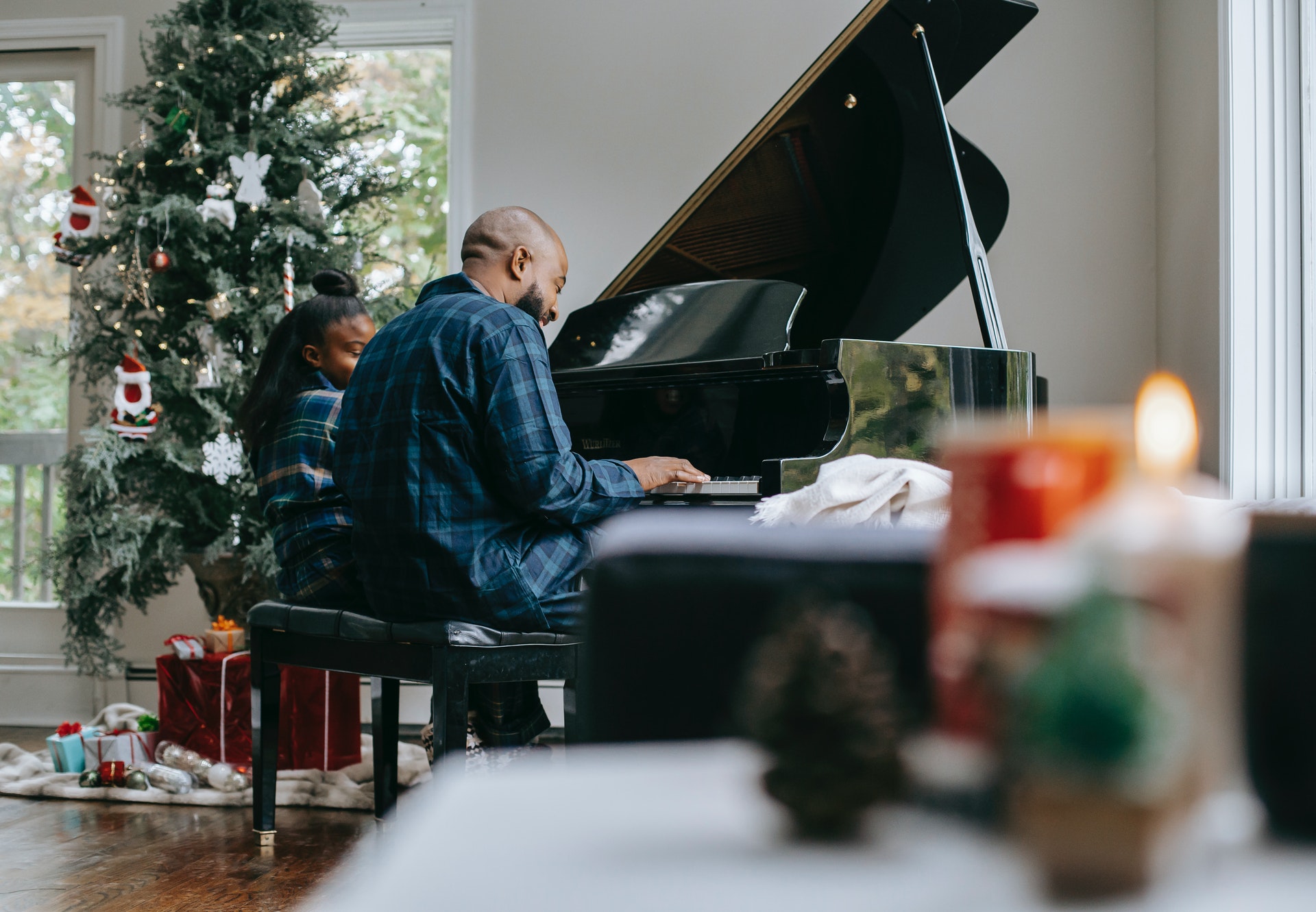
Whether it’s Christmas, Hanukkah, or Kwanzaa, there are parties, traditions, customs, and
family rituals to follow, obligations to keep, and social responsibilities to meet. Along with painful
memories of experiences from previous holidays, they all help create an emotional rollercoaster
with anxiety, frustration, anger, and feeling overwhelmed, leading to situational depression.
Unfortunately, everyone else you’ll encounter during the holidays will also be riding the same
emotional rollercoaster.
To make matters worse at this time of year, the seasons are changing from fall to winter. With
decreasing daylight and cooler temperatures, people are even more inclined to stay inside
during the day and become more sedentary. This can lead to increasing feelings of isolation and
loneliness. This can cause a type of depression known as Seasonal Affective Disorder. This can
happen during a time when people are supposed to be happy but feel just the opposite.

Due to the continuing Covid-19 crisis, with its uncertainty and pandemic fatigue, this holiday
season will present even more challenges than usual. Your plans and schedule will certainly
change. If you are going to travel, no matter how you go, it will be much more difficult than in the
past. There will be extra restrictions, limits on social interactions due to serious health concerns.
You will need to wear a mask and keep socially distant, when you’d prefer to kiss your family
members and give hugs to your friends.
Musicians in and around the New York area will face additional stressors during these holidays.
Many of the usual performances, like The Nutcracker, will be cancelled. This will cause
additional financial problems for performers. This comes after many months of lost wages with
no clear end in sight. This could affect your choice of presents for those on your gift list, as well
as the activities you’d like to attend. This may cost you more sleepless nights, which will have
an effect on your vital energy, positive mood, and optimistic state of mind.


Regardless of the many stressors that you will be experiencing for the next several weeks, there
are a number of things that you can do in order to make it as good as possible. Acknowledge
and accept the current situation and how it makes your feel. Whether it’s sadness, grief, or
feeling bewildered, realize that it is appropriate. It’s due to the unprecedented convergence of
the corona virus, depressing news, holiday stress, the financial crisis, loss of the usual holiday
gigs, and negative emotions. Here are suggestions to help you navigate through this holiday’s
minefield:
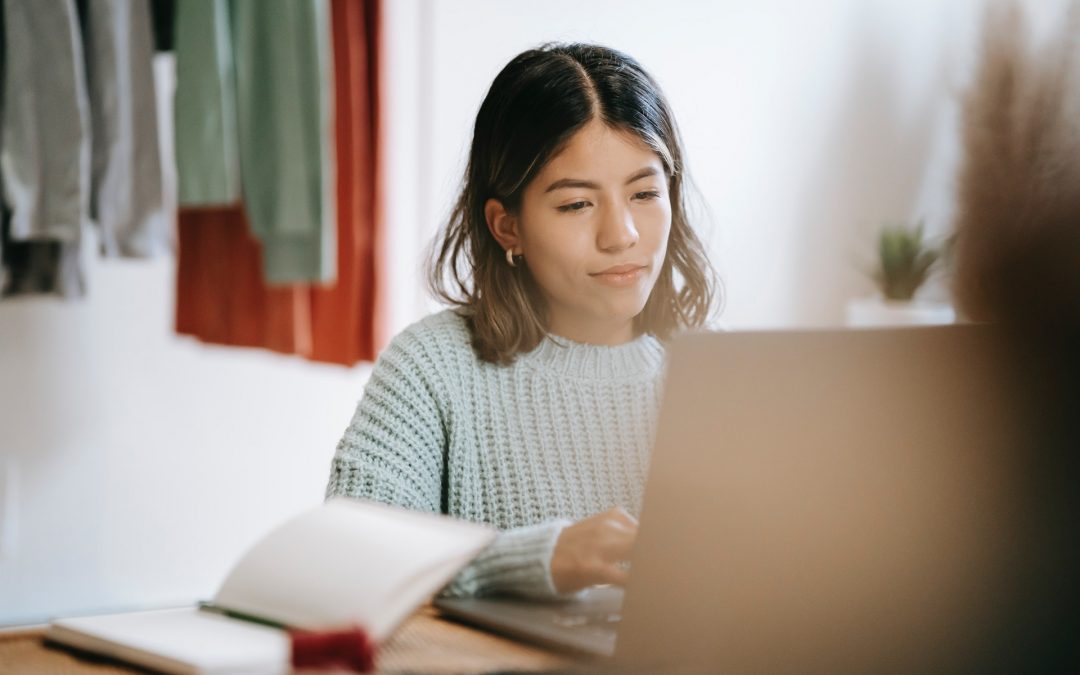
The Covid-19 crisis has changed our lives in many ways. It affects our continuing process of learning and improvement.
Conventional in-person classroom learning is now morphing into e-learning. Traditional learning is limited by time, space, personnel, and available resources. But online learning can happen wherever you are, with options that are unlimited in terms of courses, programs, content, scope, approach, resources, and faculty.
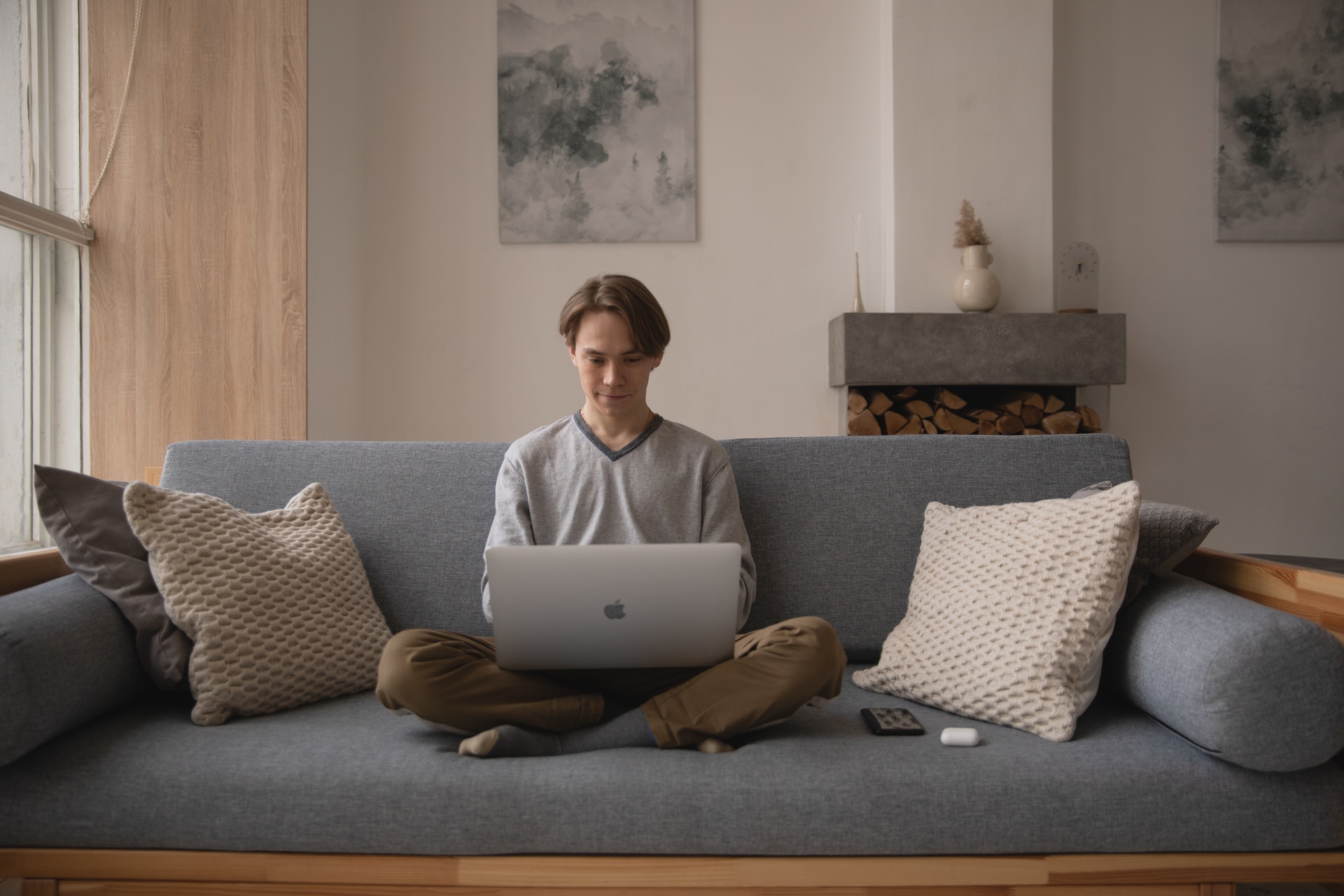
There are new and innovative ways for you to make refinements in your area of expertise. Since you may have extra time on your hands, you can develop complementary skills by exploring seemingly unrelated but supplemental subjects. You can do this through remote, virtual classes in the comfort and convenience of your home or studio. And you can progress at your own pace.
In conventional classrooms with synchronous learning, students are expected to keep up with the live lecture by taking
notes, finishing reading assignments, and completing projects on time. This is regardless of their individual rates of
processing information and time management skills. Online classes are able to offer asynchronous learning. This allows students to move through a variety of materials at their preferred pace and on their own time schedule. If there is a recorded video lecture, students can watch it repeatedly or selectively view what they need to focus on.
Online learning is more flexible than traditional, in-person classroom learning. There is little or no travel involved. It’s easier to find a balance between school/work and other personal and life commitments. You can wear comfortable clothes and drink your favorite refreshments.
For many musicians, online learning may be unfamiliar territory, requiring you to have up-to-date equipment, software, and being somewhat tech savvy. The process involves changing habits and accustomed ways of approaching learning and interacting with other students and teachers. Since changes are usually scary and uncomfortable, resistance is normal at first. You can start to move past your resistance with a firm resolve to be much better in at least one area several months from now.
There are many ways for you to get the most from e-learning resources. First, if you don’t have high speed internet access, find a way to access it. This is a good time to improve your computer literacy and tech skills. Establish a dedicated space in your home where you can work. Eliminate potential sources of distractions. Get a good pair of headphones so you can listen to lectures as well as to play music or white noise for covering up distractions.
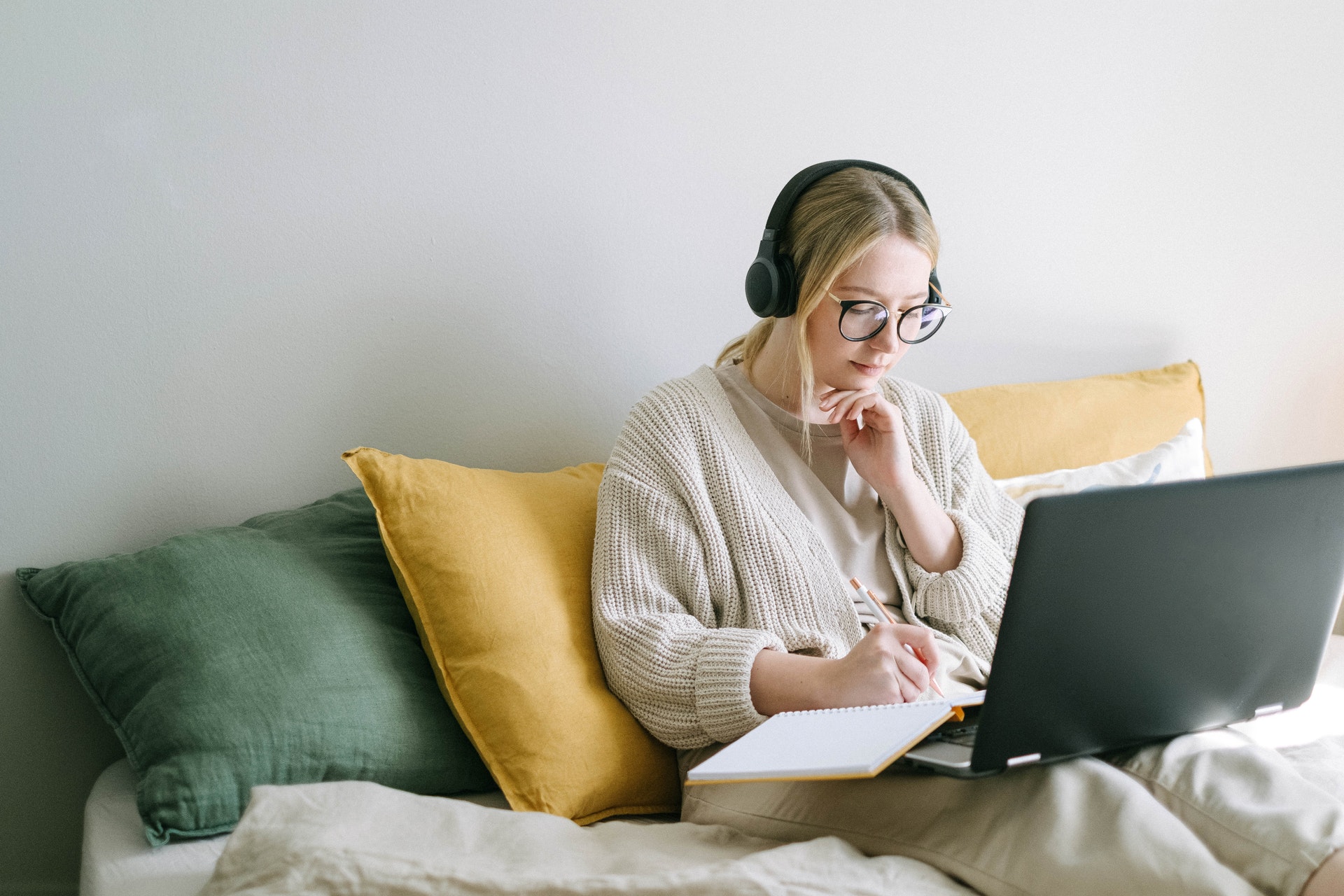
Decide the specific area(s) that you most want to improve or learn. These could be refining your skills in your main area of expertise, developing a different but related skill set, and/or starting to learn totally different skills from the beginning. Before you begin, you need to establish your learning goals, time frame, and budget in every area that you choose. Practice due diligence for every online program or resource that you consider using, including faculty credentials and prior results with their online students.
Set different outcome goals: longterm (for when life is somewhat back to normal), intermediate (3-6 months while the
pandemic continues), one month from now, and this week. These result-oriented goals need to be reasonable yet
challenging in what you intend to accomplish by target dates. They should be in measurable terms, like playing a certain piece of music at a specific tempo, or becoming proficient with a new skill.
After setting outcome goals, figure out what process you need to do in order to achieve the intended results on or before the target dates. These may include private or group lessons, technical exercises, playing with a metronome or tuner, run throughs, and remotely performing repertoire for colleagues or teachers. Next, establish your practice goals and the weekly structure and schedule of your daily practice or study time. These are the specific ways you will achieve your process and outcome goals.
Finally, set mental goals to reinforce your physical learning and help you accomplish all the other goals. These include
imagining your practice sessions the way you’d like them to go, hearing, seeing, and feeling yourself achieving your process goals on the way to performing the new skills in line with your outcome goals. This may be a great time to work on other mental skills, like focusing past distractions, building confidence, or developing mental toughness. You should specify rewards for accomplishing your monthly outcome goals on time.
Before you begin your program(s), get all the necessary materials and resources. These include books, calendars, planners, apps, instructional videos, and flash cards, as well as setting up access to Zoom, Skype, phone conferencing, YouTube, or other online communication platforms. You may need to follow social media like Instagram or Facebook, listen to audio programs, watch pre-recorded lectures and Ted-ed talks, join discussion groups, write emails, post on message boards, play instructional games, attend virtual web conferences, and participate in study groups.
After assembling whatever you will need, you should get everything organized. Prepare as though you are getting ready to take a “real” class. I recommend that you get separate notebooks or journals for each virtual class. They will help you keep track of important lessons, insights, key details, and unanswered questions. You can also print out the course outline, syllabus, requirements, assignments, and forms.
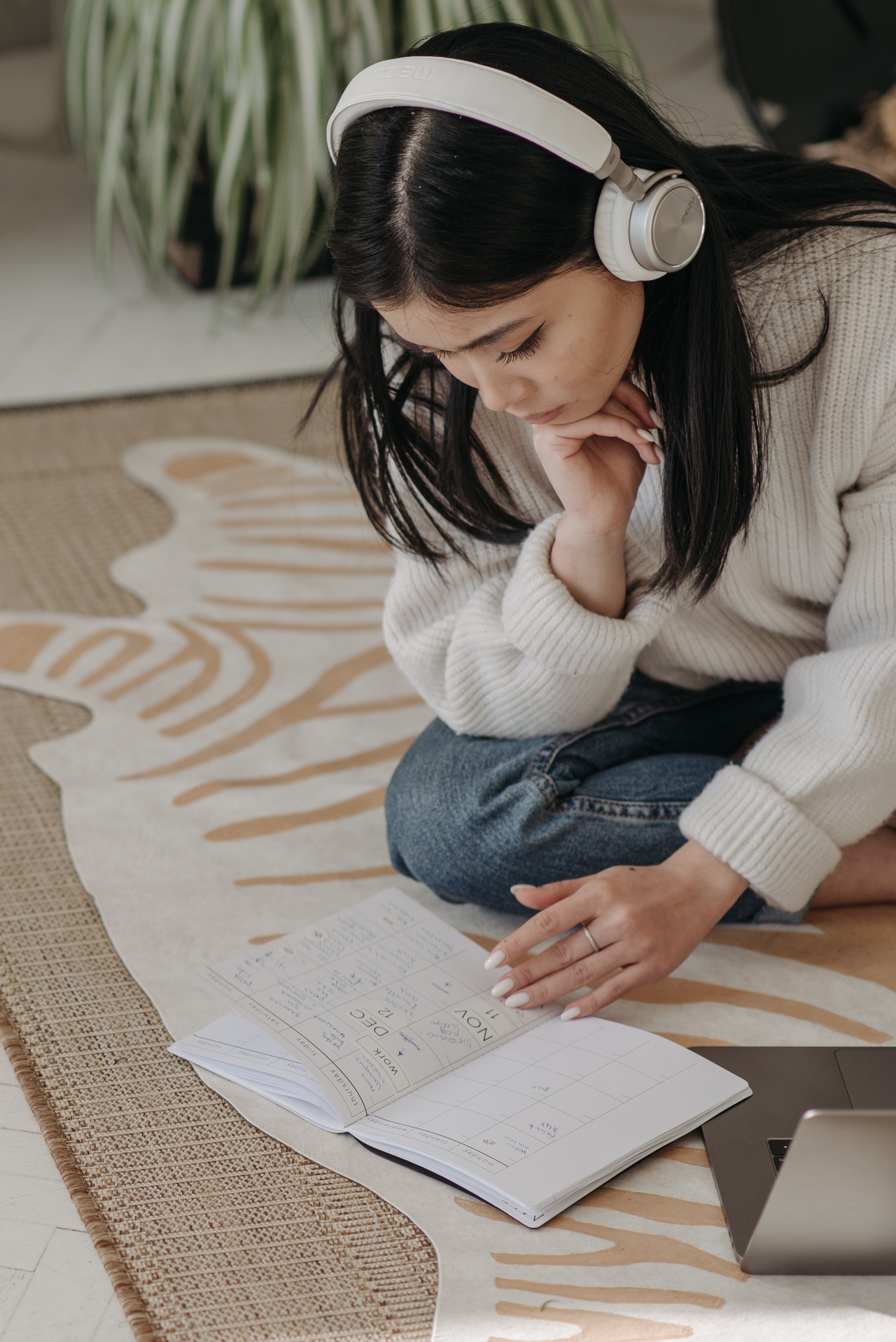
Create to-do lists for each course, prioritized and color coded according to urgent (red), somewhat urgent (green), and less urgent (blue). Set reminders for upcoming deadlines! You can do this with your cell phone or put them on your calendar, day planner, or whatever will remind you of due dates. Post inspirational notes on the bathroom mirror or walls of your study space to keep you motivated.
Ask faculty members at the beginning what their preferred contact methods are. Give your instructor(s) a specific, brief explanation of your question or concern. Provide them with the best way to contact you. Be respectful of their time and be patient waiting for their response; you are not the only student. After a reasonable amount of time without a reply, you might send a courteous follow-up, and thank them when they do.
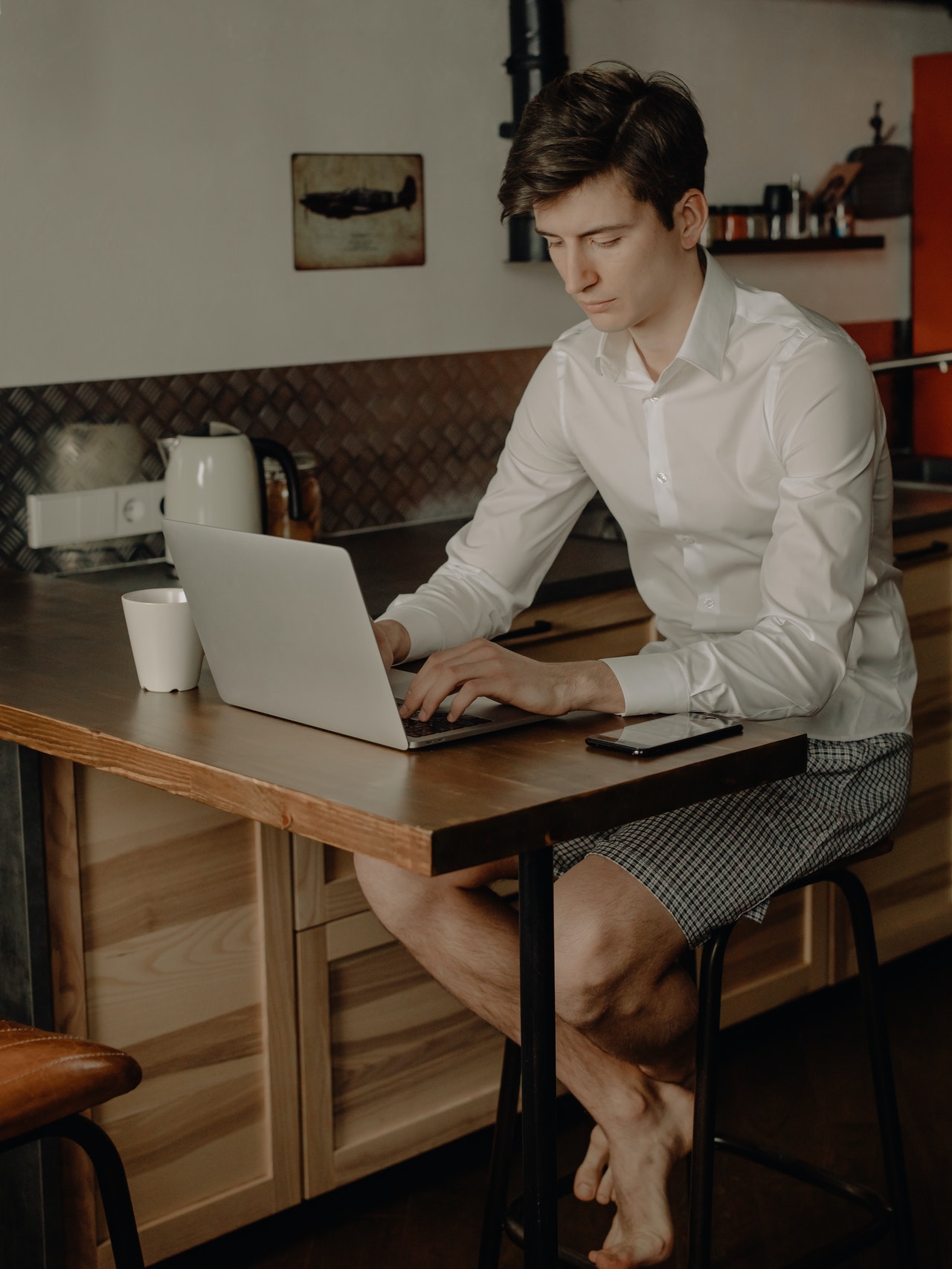
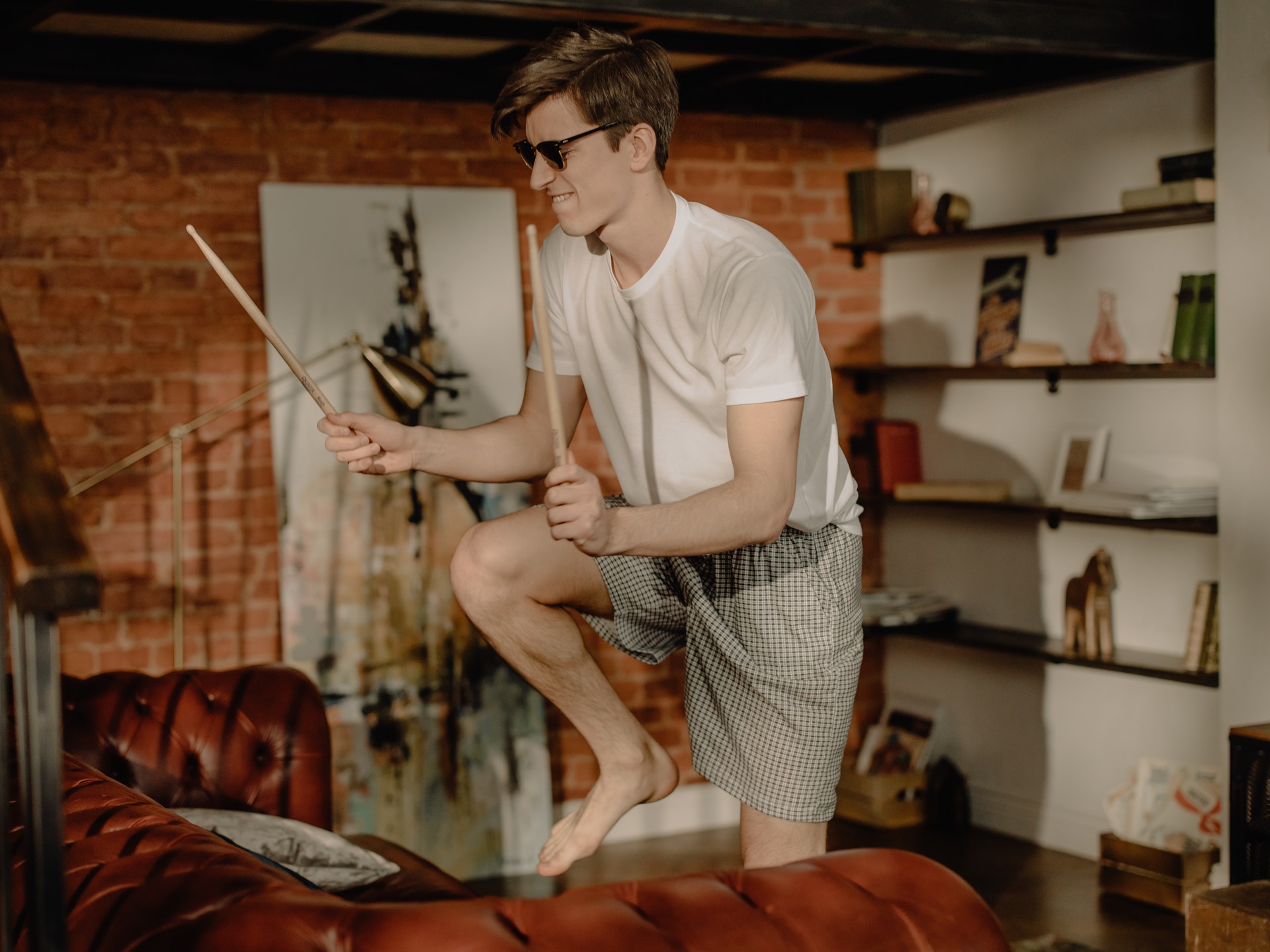
Schedule your daily routine with tasks for specific chunks of time (from 10 – 50 minutes), and schedule at least a 5-10 minute restorative break between sessions. Research has shown that 50 minutes on and 10 minutes off can make studying more effective! Use the breaks to check messages, write emails, make phone calls, or take a brisk walk. Follow your own style and preferred pace of learning.
Avoid multitasking. It doesn’t work. Put a “do not disturb” notification on your device while you’re studying or completing an assignment. Choose the most demanding or urgent task to work on during your most productive time. Before you begin, imagine the process and end result that you want to achieve. Get mentally engaged exclusively on what you’re working on until it’s time to take a break.
Set reasonable yet challenging goals and a timetable for completing assignments, allowing for unexpected delays. Develop your time management skills, so you’re actually ahead of schedule rather than being behind and then cramming or rushing later on. Try not to waste valuable time. Reward yourself for achieving your goals, especially when you finish a project ahead of time.
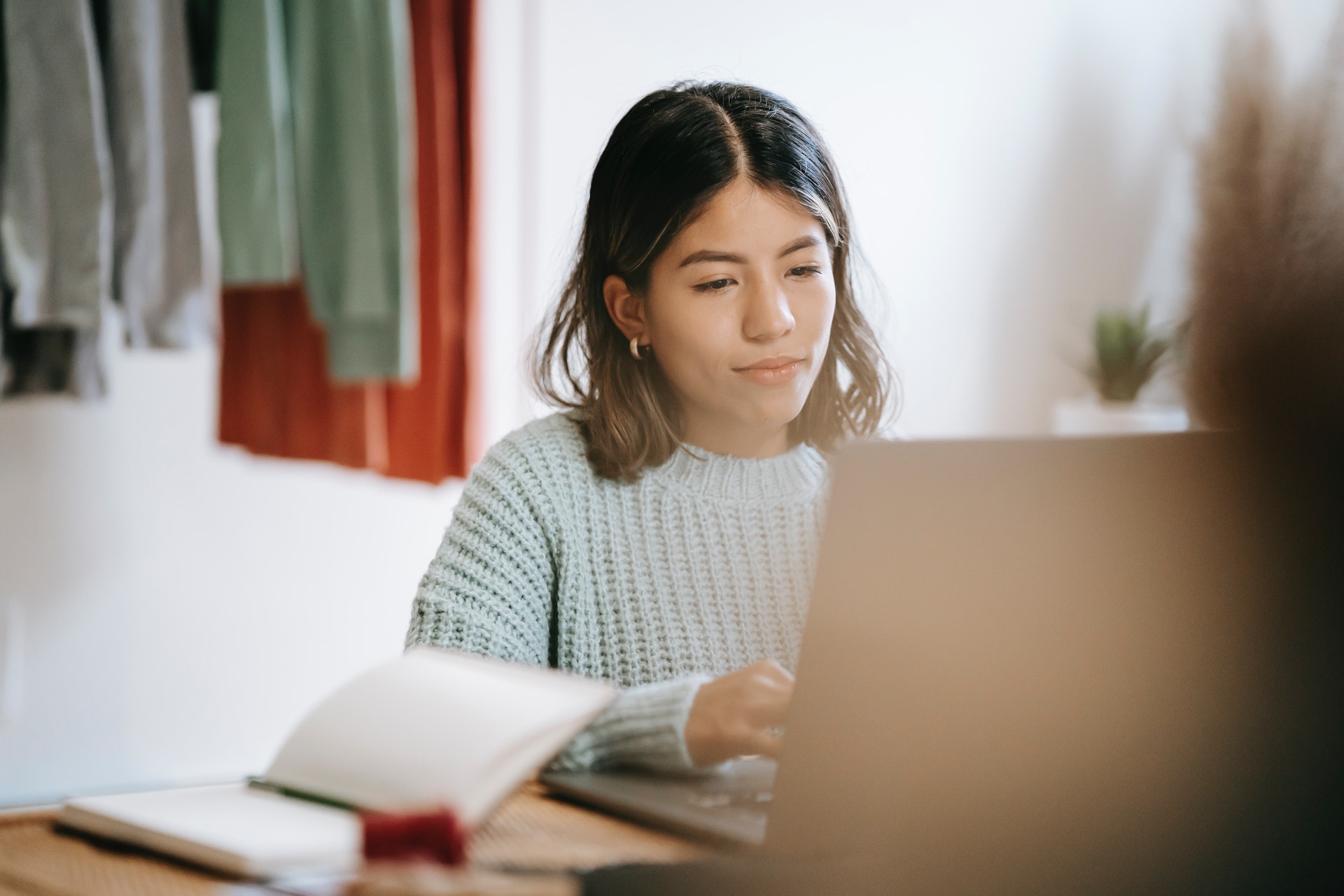
Take the initiative to reach out to your fellow students in your learning community. Find goal buddies to share your mutual challenges and progress. Form your own study team to discuss content and assignments, express opinions, and offer moral support. Actively participate in forums and discussion groups. Introduce yourself, ask questions, say what you think, build relationships, and share the collaborative journey towards your mutual success.
You can start researching potential e-learning courses whenever you’re ready. Everything is available online nowadays, and the number of classes, programs, course offerings, and faculty members, is growing exponentially. You can learn to refine, learn, or do absolutely anything you choose from A (Alternative Medicine) to Z (Zoology) in the comfort of your home, in your pajamas, and on your own schedule. There are a ton of courses that you can finish in a day (Covid-19 Contact Tracing) and others that will require considerably more time, attention, and effort (learning computer coding).
Let me ask you. Is there a better time for you to improve your skills than right now? What are you waiting for to get moving? Here’s your invitation. When this is over, you can be in a better place with your skills or you can discover that they have deteriorated. When music resumes, you can be ready to perform. Things are not going to change for the better on their own. Are you ready to make things better for yourself? Your move. It’s up to you.